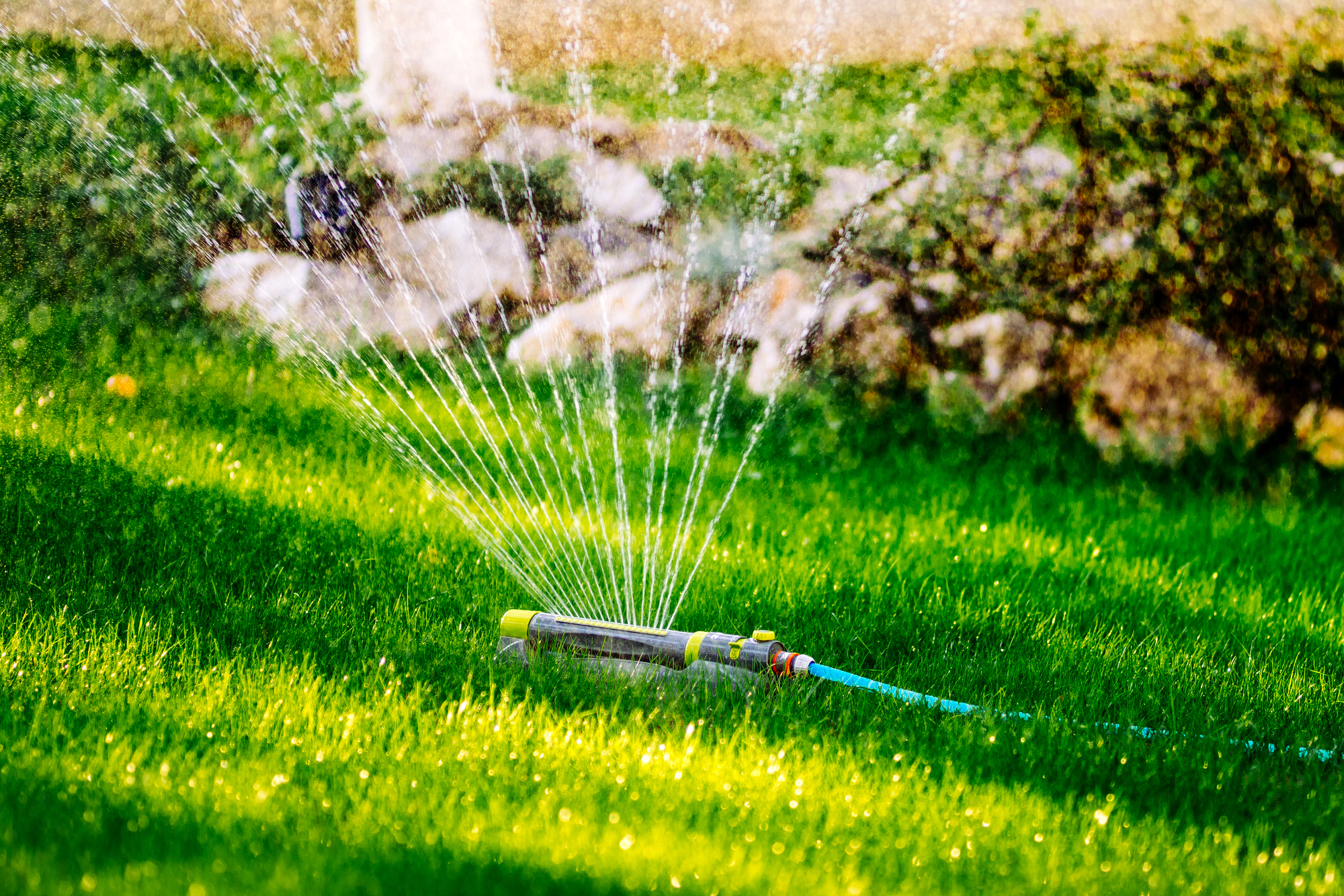
4 Best Watering Practices for a Healthy Lawn
As your local lawn care specialists, we like to stay up to date on all of the latest best practices when it comes to the health of your turf. Comprehensive lawn care requires active maintenance, including fertilization, weed control, and lawn pest control. All of these lawn care services act to either add nutrients to your turf or prevent diseases from attacking your turf. A healthy lawn is the best defense against the many potential problems your turfgrass may face. One essential nutrient that must be added to every lawn is water. Especially in the heat of Texas, drought conditions are not entirely uncommon, and efficient watering is a must. No matter the method you choose to use to water your turf, here are four best practices for watering your lawn. From the amount to timing, the better your watering practices, the better your lawn health.

1. Timing: How Often Should You Water Your Lawn?
Before we delve into the quantity of water or the format in which you get it to your turf, you need to know when your lawn needs to be watered in the first place. Symptoms of underwatering can be a dulling of your grass or their taking on a gray or brown color. However, these can also be symptoms of overwatering, which seems to be much more common. Overwatering your lawn is the quickest way to cause a few issues. Root development can be hindered as your roots stay shallow, with an excess of water available. Additionally, too much water can create a prime environment for fungal diseases, and even root rot.
In North Texas, our soil is heavy clay which allows for little moisture absorption. Your best bet is to water low and slow, watering for short amounts of time over interval periods. This will allow moisture to soak in deep, and promote strong root development. For an exact watering schedule recommendation, check out our watering guide right here. Watering early in the morning is ideal, as the cooler temperatures allow for less moisture to be lost to evaporation. Additionally, wind and other weather conditions will be less likely to affect the absorption of water into your soil.
Avoid watering in the evening, as leaving turf wet overnight can lead to the propagation of fungal diseases. It is also important to remember, that unless drought conditions are extreme, your lawn will really only need to be watered from May to October.
2. Quantity: How Much Water Does My Lawn Need?
This question will entirely depend on the type of turfgrass you possess on your property, as well as the amount of rainfall you have received. Warm and cool-season grasses will behave differently and need different amounts of moisture to maintain health. Warm-season grasses develop deep root systems, able to withstand more drought than their cool-season counterparts. Examples of warm-season grasses include Bermuda and St. Augustine, with fescue and bluegrass being common cool-season turf options. However, regardless of your turfgrass variety, the weather will determine how much irrigation is needed. Irrigation is meant to supplement natural rainfall, which is a more inexpensive, cheaper, and reliable irrigation solution. Keep an eye on rainfall, and note if the amount is right for your lawn and landscape before overwatering.
3. Routine Irrigation Maintenance
Depending on the size of your lawn and your budget you may want to use something other than a hose to ensure proper coverage of your turf. This really comes down to personal preference, but the best practice here is to ensure that only your turf is being covered and that you are actively tracking weather data to ensure the proper amount of water is being used. Water should be evenly distributed and avoid any sidewalks or paved areas. This can be achieved through annual irrigation maintenance checks. The heads of your sprinklers should be shooting water clean and straight, and only watering what is meant to be watered. Routine irrigation maintenance can be on a more frequent basis, but your system should at a bare minimum be checked annually. Although we do not perform this service, it is an important part of having an irrigation system. If not, you could be losing out on money, and green grass.
4. Best Practice: Pay Attention to Data, Signs, and Symptoms
In order to listen to what your lawn is telling you, you must be able to interpret the signs of various lawn needs. You need to actively track rainfall, either technologically or using a rain gauge. Additionally, be on the lookout for browning or dulling of your turf that indicates an issue. This problem could be a need for moisture. However, it could also be an excess of moisture, and continued watering could accentuate the problem. This is why you need an expert to take a look at your lawn to give you both a diagnosis and an actionable solution. Our team is more than prepared to inspect your lawn and help you maintain that lush turf you have always dreamed of.
Higher Ground Lawn Care and Lighting is ready to take your property to a higher level. Experience why your neighbors and businesses in University Park, TX & surrounding areas choose Higher Ground Lawn Care & Lighting to bring their property to the next level. Give us a call at (682) 206-3596 or check out our website today.
Ready to get started?


